Blockmountain Edmund Journal #2 (recording and stitching)
Well, I'm a few weeks late on this journal entry, but this is a continuation of my Journal for Operation Edmund (run by @blockmountain and @sndbox). The first part of the Journal is here: Part 1
Recording
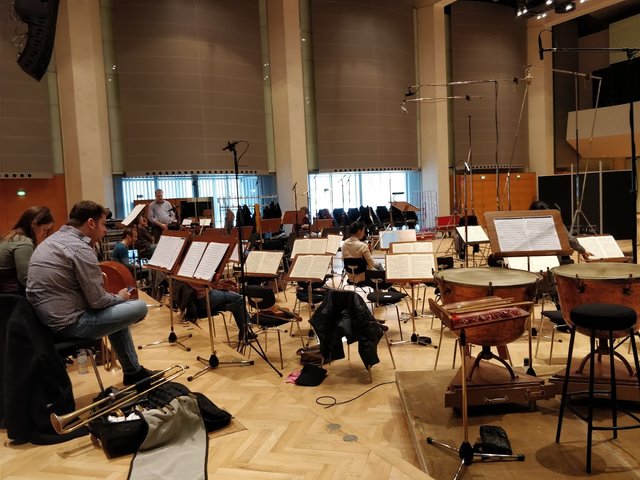
I've been incredibly spoilt when it comes to recordings. In my usual course of recording, it is something that I have absolutely no experience of the behind the scenes technical aspects of mic placement, editing or production. That was always for the sound engineers to handle, and I would just concentrate on playing the violin (or whatever else I was holding). Of course, in the past, I had made simple recordings with an older Edirol for auditions or just for amateur recording, but I would in no way describe myself as knowledgeable about the technical side of the recording process.
In fact, the main reason that most of my personal recordings are live and unedited was due to the fact that I didn't have the skills to do more than to boost the volume! So, pure laziness rather than a principled position (actually, it is a bit of a principled position as well...).
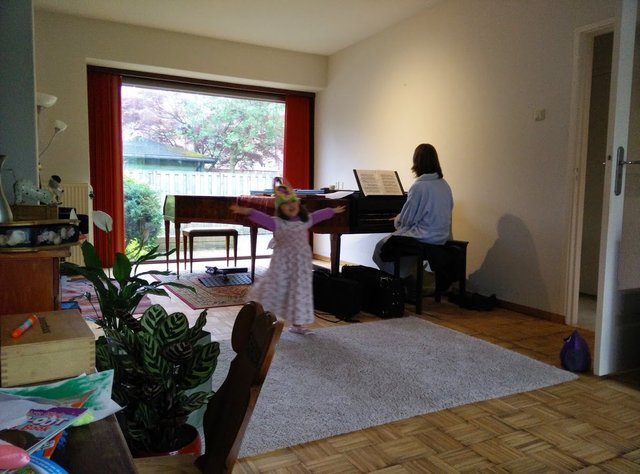
My recording venue was a little less glamourous than the photo at the start of this paragraph, it was just at home. The photo above is the room that I used, taken a few years ago when it was tidier! And instead of the multiple mic setup, I had my trusty old Edirol that is about 8 or more years old. So, on the day of recording, I had a few hours whilst the kids were at school or daycare. Not the most ideal setup, but the only one that I had access to at the time. Given more organisation, I could get a church or concert hall for free but unfortunately I didn't have the time to organise that.

As described before in the first post, I had chosen a Ciacona from Biber's Mystery Sonatas to record for the Operation Edmund project. Due to the limited time for practice (basically, I had only this morning of the recording to nut out the passagework) and slight awkwardness of playing a piece that was not written for the instrument (I was playing the Viola d'amore and the piece was written for Violin), I decided to record in shorter sections rather than a complete take.
Which would mean that I would need to learn how to stitch different takes together.... I'm sure all the other Project members are laughing at me now...

Anyway, the recording went off without too much trouble, but not having a producer on hand meant that I had to just wing it with knowing if I had enough decent takes of each section. Of course, the very first thing that I did when I was packing was to pop out the SD card of the Edirol and drop it. Eventually I found it, but not after frantically searching around for 10 minutes including looking under the heater grating for the floor heating.
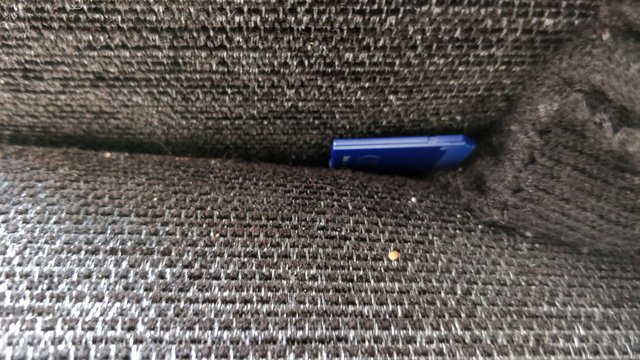
Bastard!

AARRGH, I sound like that?
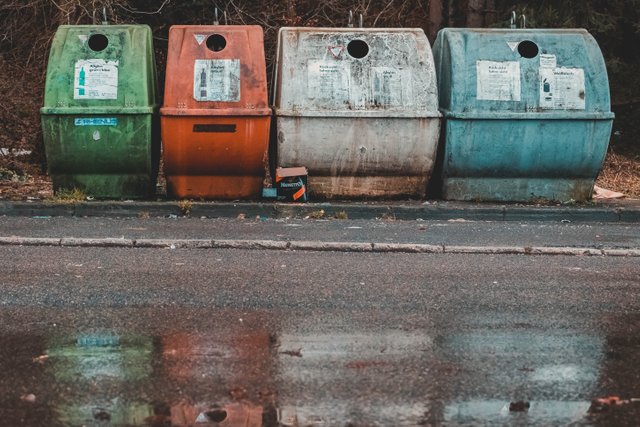
This part I was familiar with! Listening to all the takes and cringing and dumping various takes and hoping that there would be at least one take of each section to stick together for a decent track! Trust me, if you repeated something over and over and over and over and over again, everything starts to sound weird. To me, this is the antithesis of music... but a necessary evil in these modern days!
I spread the listening out over a couple of days. The first round of listening was a hack and slash affair, where anything that didn't meet my immediate minimum standard was instantly black-listed, down-voted, flagged and sent straight to trash and purged forever!
The second and third listening was a slightly more subtle affair. More of a choice between the slight differences in musical timing or interpretation of an other acceptable take. Luckily, there were enough okay takes of the sections to be able to select for a complete track. There were some scrappy moments, but nothing that I would be too ashamed to release into the public sphere as a live take.
One thing that became quite noticeable when listening to the track was the amount of ringing that the Viola d'amore creates from it's resonant strings. It is almost as if reverb had been added to the track, when in fact it was a complete dry recording in a dry acoustic. When I'm playing, I can hear lots of ringing of the sympathetic strings but I didn't realise that they carried so far! Mostly they serve to aurally disorient me if they are out of tune!
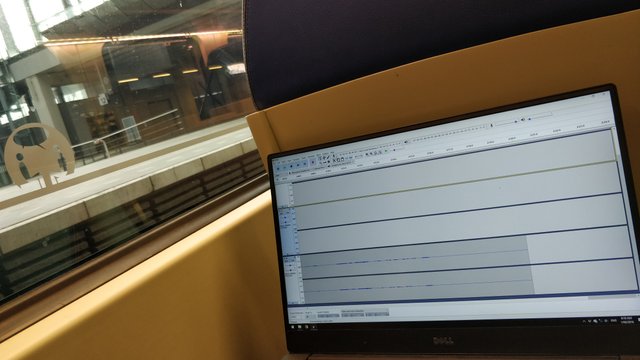
This part I needed to experiment with, as I learnt how to use Audacity properly. I'm sure there are much better audio editing software out there, but remember I'm a complete noob when it comes to this side of recording! So, much study and experimentation on trains and whilst travelling. I learnt about cross-fading and even about how to import and work upon more than a single track in an audio editor!
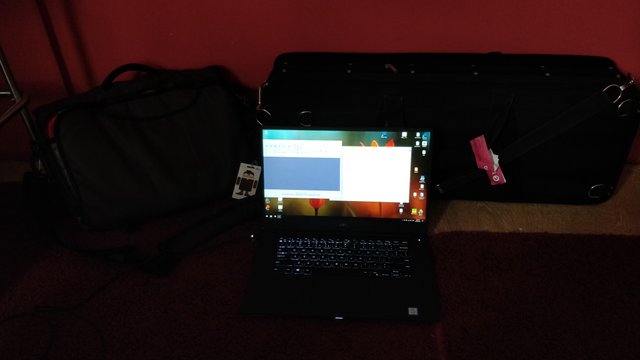
After a couple of experiments under my belt, I managed to snatch a couple of hours to properly stitch the tracks together. This was the complete unknown part of the project for me, as this was a skill that I had to learn on the fly. On listening, I don't think you can hear the stitching, probably a recording engineer would be able to see the inept joinings, but I think it is the best I can do for the moment!
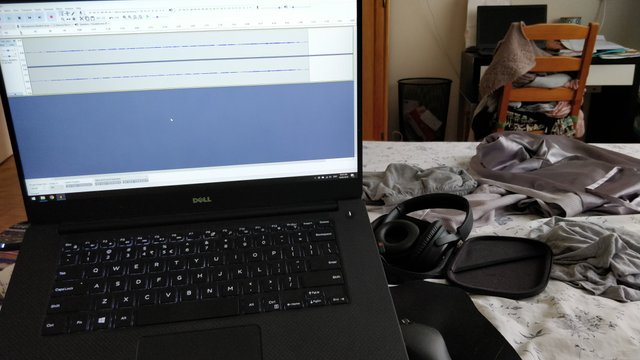
It was uploaded and shared to the Operation Edmund Discord for anyone to use or sample or to do whatever they wished. This was my small contribution to the Blockmountain project, I hope it is of some use to someone!
To me it sounds pretty weird not to have all the parts in the track, I'm missing a continuo section (harpsichord and cello/gamba and maybe a lute/harp)...

The classical music community at #classical-music and Discord. Follow our community accounts @classical-music and @classical-radio. Community Logo by ivan.atman
Horizontal Rulers by cryptosharon
Team Australia footer by bearone
Account banner by jimramones


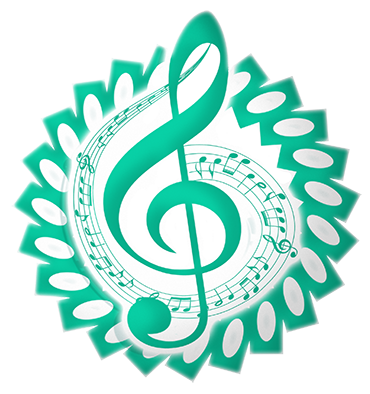

Your post has been supported and upvoted from the Classical Music community on Steemit as it appears to be of interest to our community. You can find details about us below.

The classical music community at #classical-music and Discord.
Follow our community accounts @classical-music and @classical-radio.
Follow our curation trail (classical-radio) at SteemAuto or help us out with a delegation!
Congratulation on the @curie . They have good taste and well deserved by you
Thanks, it was a nice surprise to wake up to!
@bengy 👍 It was well deserved and I am happy for you .
Very nice article @bengy! I am going to have to pick your brain at some point in the future, as I myself am also in the music business to some fair extent. I have admiration for what you do and this was an amazing piece of work that you have put together and presented to us as a community! Great work my friend!
Hi bengy,
LEARN MORE: Join Curie on Discord chat and check the pinned notes (pushpin icon, upper right) for Curie Whitepaper, FAQ and most recent guidelines.
Thank you! I'm am honoured!
Well I did enjoy the recording while reading your post 🎻🤠
Do you mind if I promote my visual art contest here?
This week is about musicians and dancers! 😉
🎨 Mr.M Art Contest #7 ✏️ / 🎭 Week's Theme: Musicians & Dancers 💃🎻🎶
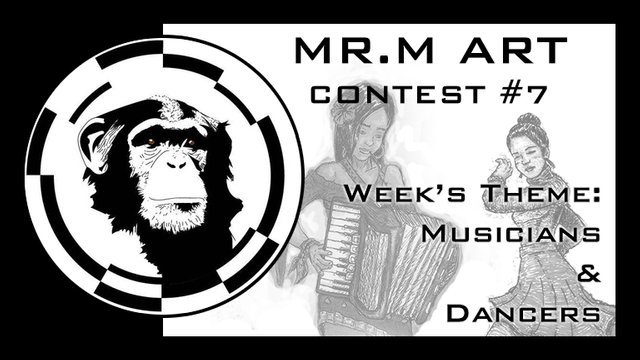
Glad you enjoyed it, and no problem with the promo!
Viola D'amore...
Encore! Encore!
Thanks for dropping by! Glad you enjoyed it!
You're welcome. Keep them good things coming... ;)
Audacity is quite good for these sorts of projects, though I personally prefer Wavepad (commercial).
Btw, I got goosebumps when listening to your composition. That doesn't happen a lot ;-)
Thanks! But I can't claim the composition, only the performance. The piece is written by Biber from the Baroque era of music as part of his set of Rosary (Mystery) sonatas.
Thanks, it still sounds weird to me as it is missing the other parts. So it seems like a conversation where you only hear one part of...
The lighter instrument was the viola d'amore that I recorded on. It has a different evolution history compared to the Baroque Violin that sits next to it. Which means internally it is structurally different and also differences in the external part. The sound holes (which are traditionally this shape) are thought to be either flames of love (hinting at the d'amore part of the name) or Eastern sword shapes (hinting at the middle eastern origins of the instrument).
But happy you enjoyed it!
great info